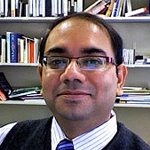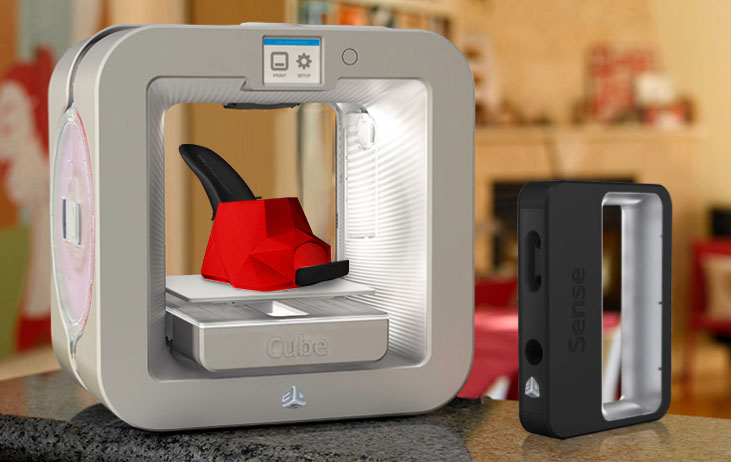
ロイ デボプリオ ROY Debopriyo
教授
教育
- 担当科目 - 大学
- Speaking and Writing 2, 3; Information Design; Writing in the Workplace, Writing and Design for E-learning, Writing and Design with LEGO
- 担当科目 - 大学院
- Documentation for Technical ProceduresTechnical Writing for Software EngineeringMultinational Business Communication
研究
- 研究分野
-
言語学
書類作成デザイン視覚的デザイン形成テスト受験の有用性技術的図解ウェブ相互作用による統計的分析オンライン協調と調和デザイン
- 略歴
- 1999年4月 インド、ニューデリー デリー経済大学にて経済修士号 2001年8月 アメリカ、ロサンゼルス ルイジアナ州立大学にてコミュニケーション学修士号 2005年8月 アメリカ、ニューヨーク レンセラー工科大学にて博士号 2004年4月-2005年3月 アメリカ、ニューヨーク ハートウィック大学にて准教授職 2005年8月-2007年4月 アメリカ、テキサス 北テキサス技術大学で准教授職 2007年4月-2008年3月 腾博会游戏大厅_腾博会国际娱乐-下载|官网 准教授職 2008年4月-現在 腾博会游戏大厅_腾博会国际娱乐-下载|官网上級准教授職 2010年4月-現在 テクニカルコミュニケーション研究室 室長職
- 現在の研究課題
- 3D Printing and Information Design for In-class Additive Manufacturing Processes: A Computer Assisted Language Teaching Perspective using Technical Communication
- 研究内容キーワード
- Procedural DesignUsability TestingIllustrations DesignInformation and Document Design
- 所属学会
- IEEE, ACM, HCD-Net
パーソナルデータ
- 趣味
- 分析構築、英訳本の読書、チェスと映画鑑賞
- 子供時代の夢
- 子供時代や少年時代は、映画はどうやって作られるのか、漫画はどのようにデザインされるのか興味がありました。私はどんな時も、人々はどのように繋がっていくのか知りたいと考えました。
- これからの目標
- 学生に、デザインのためのインターフェイスやイラストレーションの違いを学んでもらいつつ、科学と技術の過程における英語を教えていきたいと思います。
- 座右の銘
- 「何かを必要とするとき、全宇宙があなたがそれを得らるよう協力してくれる」パウロ?コエーリョ
- 愛読書
- デール?カーネギー著作『人を動かす』- 本書に記されている、60年以上にわたって実証された堅実なアドバイスは、数多くの著名人をビジネスおよびパーソナルな面において成功に導きました。 Sugata Bose "A Hundred Horizons: The Indian Ocean in the Age of Global Empire" インド洋地域の地政学と、それがアメリカにとってどのような意味を持つかに関する素晴らしい著作です。 トーマス?フリードマン著 『ベイルートからエルサレムへ:NYタイムズ記者の中東報告』 1989年度全米図書賞ノンフィクション部門受賞作です。この中東に関する驚異的なベストセラーは、現在においてもきわめて鋭敏であり、考えさせられる著作です。
- 学生へのメッセージ
- 1.学部生に一言:学生生活を楽しみ、友達をつくろう、日本と世界について語り、国際的に思考しよう、革新的に視野を広げ、周囲の人々の助けになろう。 2.大学院生に一言:先回りして準備をし、それぞれの分野で逐次向上し、異なる思考も試してみてください。
主な研究
- Technical Writing and Information Design with 3D Printing and LEGO
-
Research Focus:
My research projects are focused on designing task-based language learning (TBLL) tools for technical writing in educational settings, especially in an EFL context. These projects emphasize on the design of assessment tools for computer science majors in technical and business writing courses. Besides, I am also focusing on the use of graphic organizers for comprehending complex procedural text in computer science context. My research focuses on understanding procedural information design and technical writing genres in the context of usability testing methods.
Current Kakenhi Research:
This 3D Printing and Digital Storytelling (DST) research is a 3-year project on designing undergraduate and graduate courses during which students will design and 3D print tiny amulets (omamuri) and mascots (yurakyura) for key chains, bags, shoes, mobile phones, car and sport accessories etc; and script, video-record and deliver persuasive English sales presentations about their 3D printed products for web-based archiving, sales and distribution. We will use 3D printing of amulets and DST to connect students to the new wave of open-source and "do-it-yourself" product design, creation and presentation. 3D printing represents the 3rd industrial revolution in manufacturing while DST is widely used for university-based technology courses. These additive manufacturing based projects will promote enterpreneurship, active task-based language learning, develop project management skills and English technical writing and information design expertise. These projects will promote active language learning situations to meet the educational needs of computer science students as follows:- |TAB|
- establishment of a collaborative 3D printing and DST English context in a micro-factory scenario, |TAB|
- promotion of technical writing and oral presentation skills in English to develop international skills, |TAB|
- group workflow activities for integrating writing, critical thinking and active learning (Bean, 2011), |TAB|
- developing a production workflow for 3D printing (Horvath, 2014) and DST requirements, |TAB|
- incremental sequencing of tasks and/or skills (instructional and document design), and |TAB|
- fostering student individual and group responsibility in their learning. |TAB|
- encouraging project management skills with hands-on in-class additive manufacturing.
Details of Research:
My current research will see work on digital humanities as an interdisciplinary field of research that helps us better understand, explore and use technologies with an aim to shed new light on humanities research. My work in task-based language teaching (TBLT) and technical communication for physical procedures support the teaching and research at the intersection of the disciplines in computing and humanities. My research in technical communication and design bring a different perspective to my teaching of writing in collaborative learning environments. The state-of-the art research environment at the Univ. of Aizu makes it possible for me to teach in a technical environment and combine the social aspects of technology in a multi-disciplinary context. In line with my Kakenhi research grant, my current research will see the use of technologies such as CAD Design, 3D printing and 3D scanning to make students participate in in-class collaborative additive manufacturing processes for English learning in a flipped classroom model. My experiments involve student groups for online collaboration leading to the development of concept maps, prototyping and design of daily-life objects, structural, functional and usability analysis, and communicate about the research through different qualitative and quantitative instruments and technical presentations. My research on TBLT will help me develop writing courses on topics of information design, LEGO prototyping, and design for the World Wide Web and eLearning. The future plan on the innovative 3D printing course is expected to implement a workflow of team-oriented in-class production of tiny amulets and mascots for computer science students. In an English language classroom, this will result in narrative digital storytelling (DST) documentaries of 3D-designed and printed products. Currently, a 3D printing-design laboratory is being set up and design procedures studied. Next, students will develop product design using CAD software, write about it extensively and 3D scan/print tiny amulets. Finally, DST will be implemented in elective courses. My research on rhetoric of digital procedural design will focus on the mechanism how humans interact with different artifacts and how such interaction shapes and modifies both digital and human identity.



